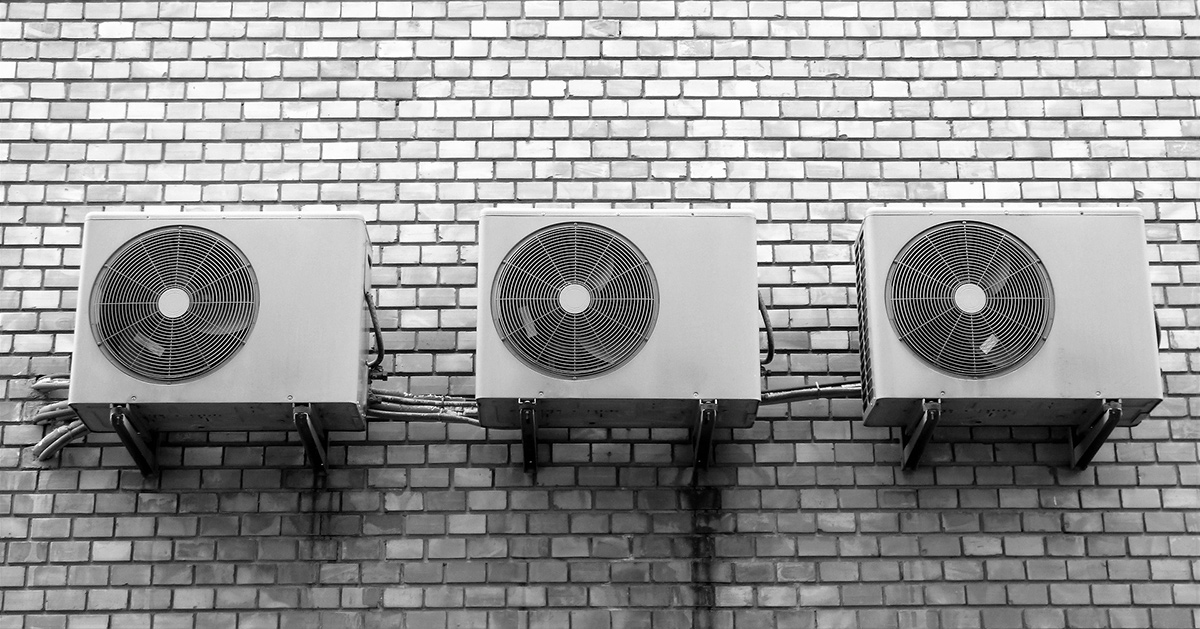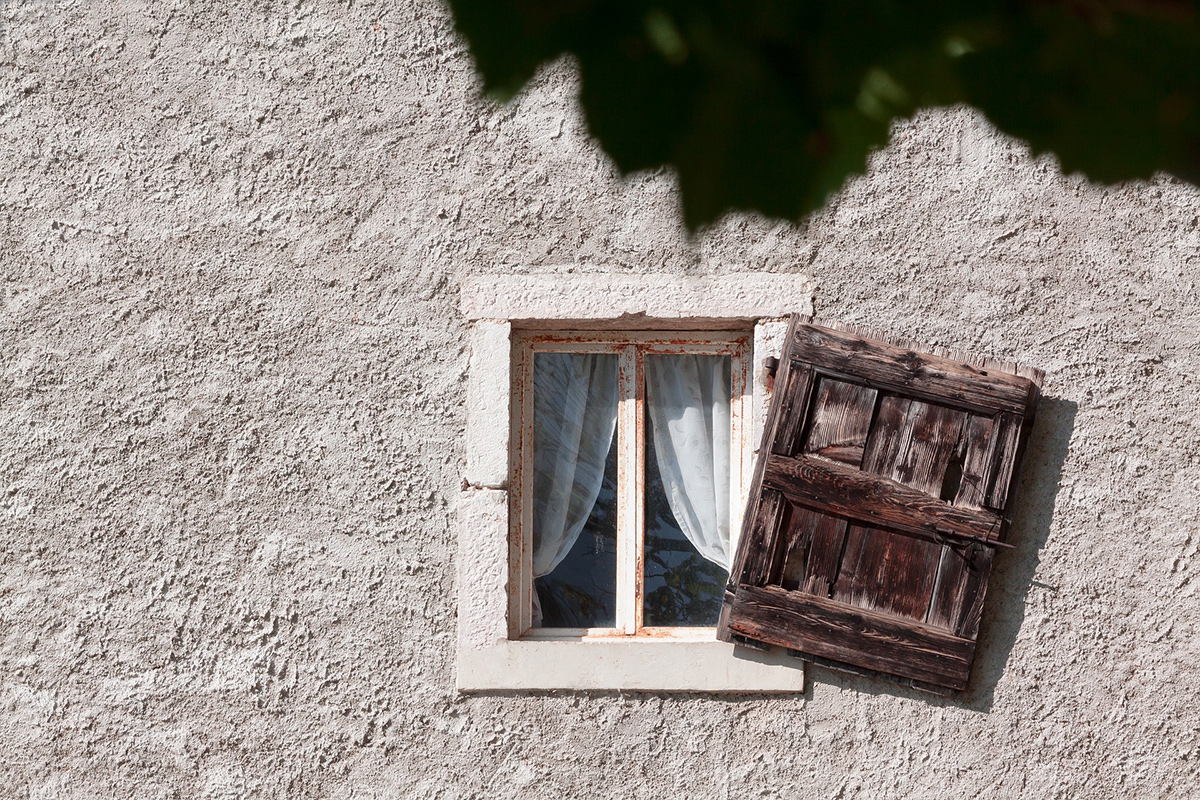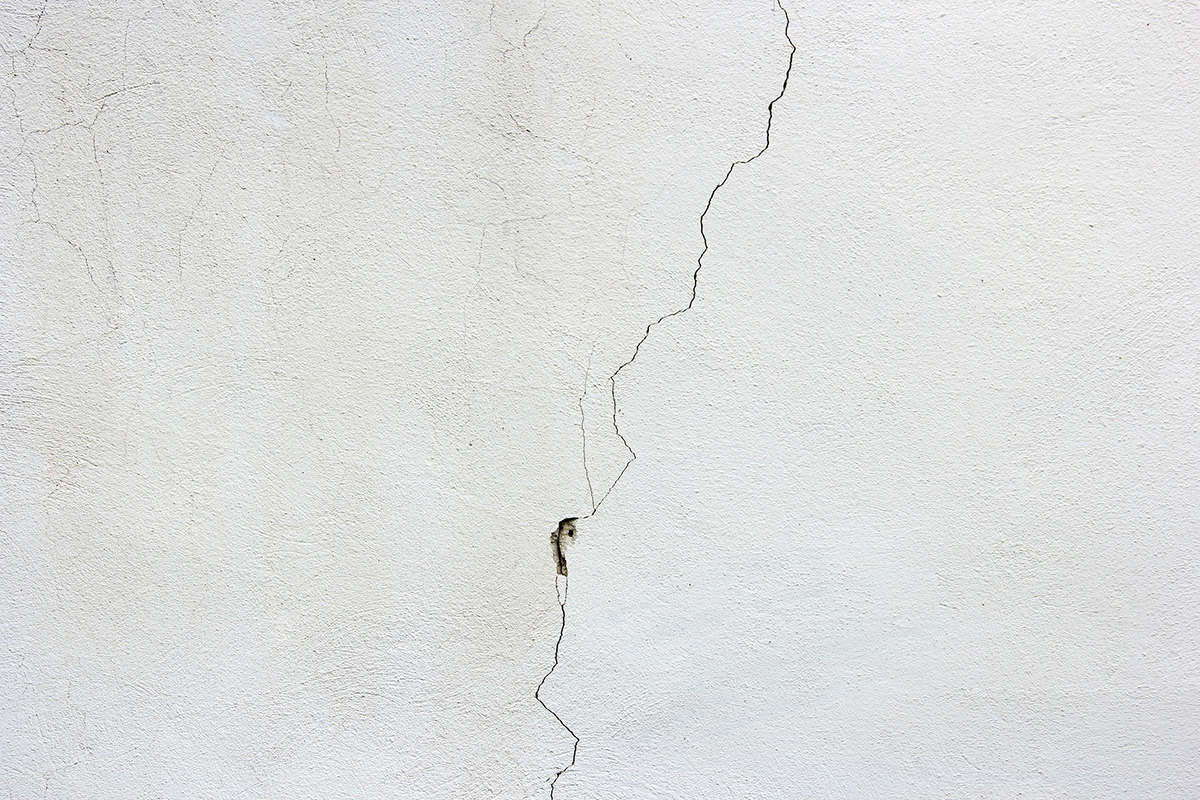So you have collected the keys to your new house and are now ready to give it a final once-over. However, in the ensuing chaos of moving in, there is a chance that you might have missed out on a deal-breaking problem. But have no fear, we have your back with this handy list of five critical defects to look out for:
1. Faulty built-ins

If you are moving into a furnished home with built-in appliances, such as air conditioners or an oven, be sure to check if they are in perfect working condition. This is important as untimely blackouts (or even life-threatening electrical fires) can occur due to a malfunctioning electrical device.
While these problems can be solved by calling in a repairman – it might be a wise choice to approach your landlord or property developer (in Singapore, both condominiums and HDB flats have a one-year defect warranty period) to replace the offending appliance, especially if it is a discontinued model.
2. Damaged flooring
Be it parquet or concrete screed, flooring defects are a serious problem as they can get more troublesome to deal with over time.
Given the wide variety of flooring materials available on the market, pinpointing specific faults can also be a challenge for new homeowners. However, there are some general checks that should be performed regardless of your home’s flooring type:
- Ensure that there are no visible stain marks, scratches or discolouration on the floor’s surface.
- In the case of planked floors, make sure all pieces are properly aligned and evenly laid (not higher than 3mm over 1.2m).
- There should also be no visible gap between skirting and the flooring.
3. Ceiling damage
Just like examining a damaged floor, do keep a look out for the same telltale warning signs (cracks and stains) when you are checking your ceiling for defects.
In particular, stains are usually a sign of moisture damage and should be remedied as quickly as possible. Typically caused by a leaking water pipe, or a roofing issue (if you stay in a landed home), this defect can lead to a host of serious problems, such as a flaky ceiling or even a catastrophic cave-in.
4. Defective window and door mechanisms

While we might encounter them daily, doors and windows are highly important structures as they provide us with physical, visual and auditory privacy – so at the very least, be sure to check if they are capable of opening and closing smoothly.
That said, here are some other key pointers that you should take note of when examining your windows and doors:
- Check for proper alignment, both window leafs and doors should be sufficiently flushed against their frames when closed.
- There should be no sign of rust or corrosion on door/window hinges.
- For windows, ensure that their rubber seals are intact and that there is no sign of rainwater leakage.
5. Wall cracks

Walls cracks can be indicative of either poor workmanship or a more serious structural problem. Nonetheless, they should be promptly remedied all the same.
Hairline cracks are commonly attributed to a shoddy paintjob, or sudden expansions and contractions caused by rapid changes in temperature. On the other hand, severe cracks (3.5cm or more) are more often the result of construction issues and are likely to require professional assistance to remedy.



